
This project is a spatial experiment on using small-scaled temporary buildings to stimulate the site. The research comes from original architectural aspirations, theoretically exploring them from macro and micro perspectives.
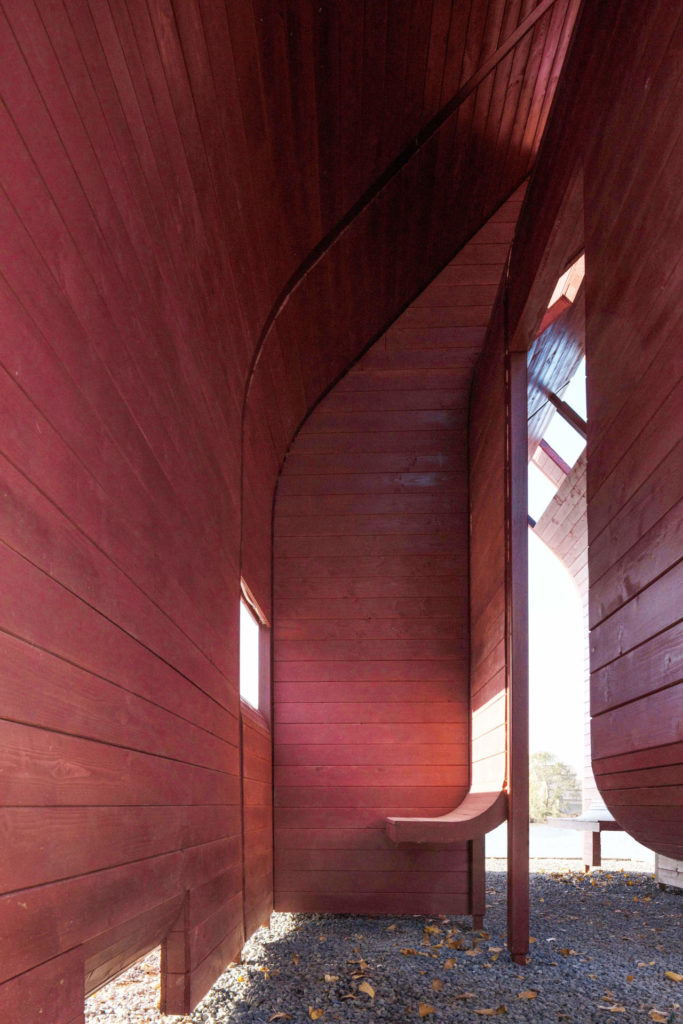
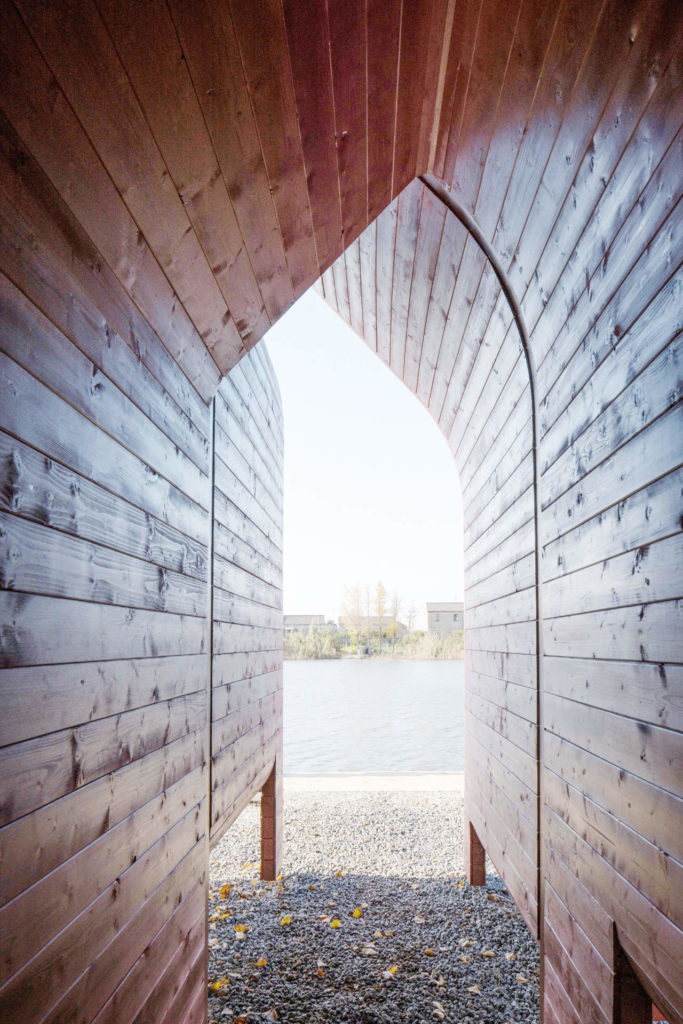
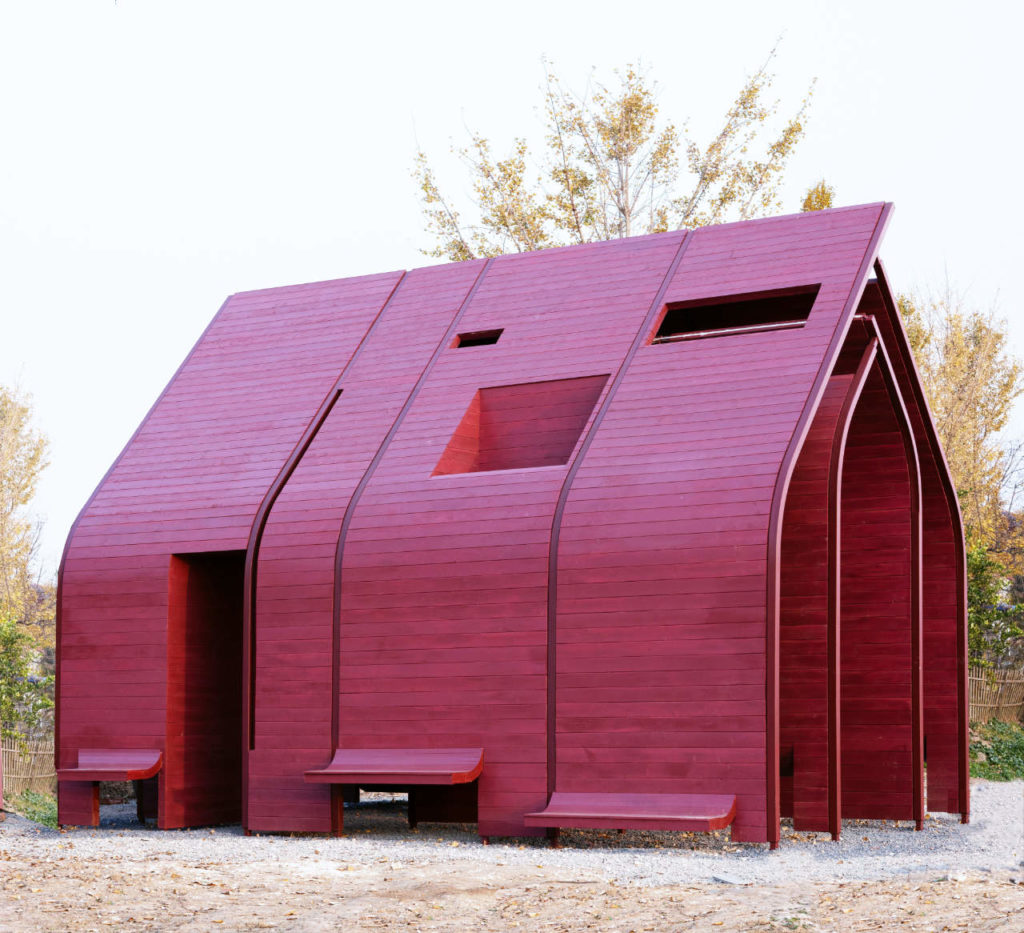
The building properties change based on demand, with the material basis determining its properties: from the primitive hut that realizes the basic needs of human living, to the church that holds the common faith and provides the earliest formal gathering spaces; the current living space has to enhance the quality of life of users, and further to meet their spiritual needs. This requires a new approach in architecture: to detect macroscopic urban problems and propose systems to correct them by means of architecture. On a small scale, it raises communication opportunities for people and further activates the vitality of the community at a macro level.
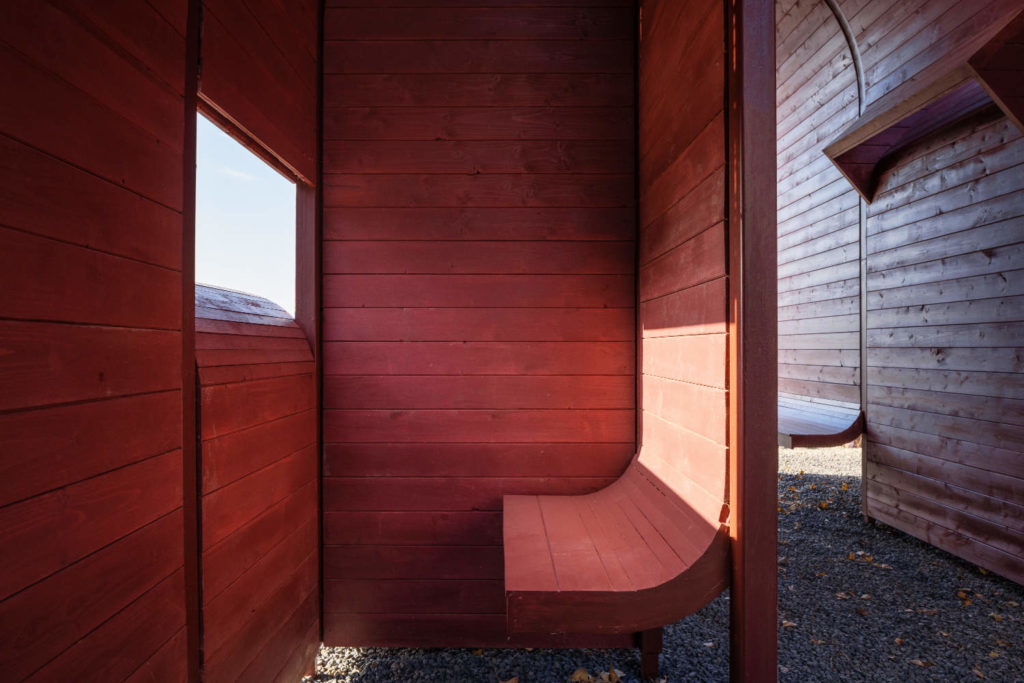
Based on previous theoretical research, Wooden Pavilion #2 is a prototype (after the release of the Wooden Pavilion #1) combining theory and practice: based on a human scale, each section of the pavilion is used to set different spaces to guide people and their interaction patterns. In terms of the specific design process, the formation strategy of Wooden Pavilion #2 begins from the human scale, and then combines proxemics, behaviorology, and ergonomics to further set up the specific path and behavior of visitors in the space. Therefore, people carry out various social activities in the various sections of the pavilion, while enjoying the harmonious natural environment of the river in the west, and the humanistic environment of the village in the east.
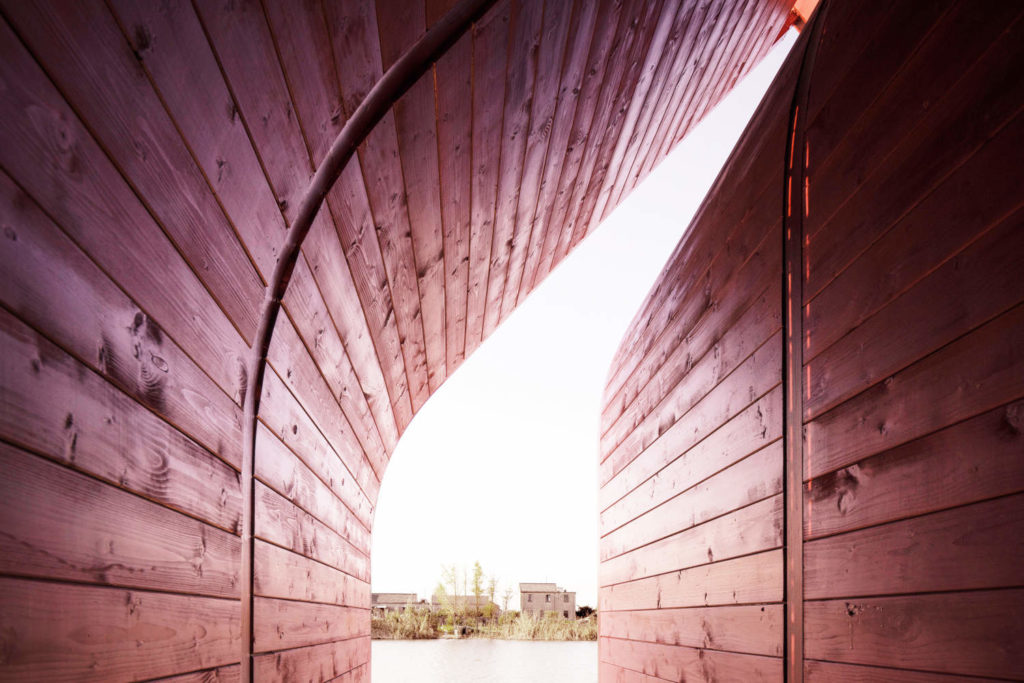
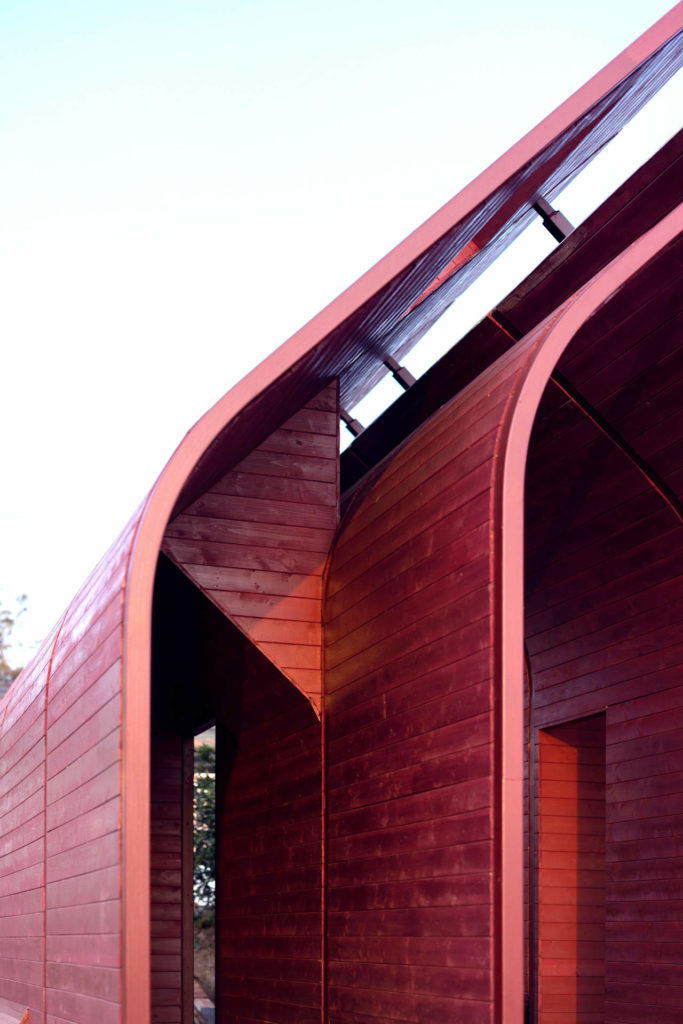
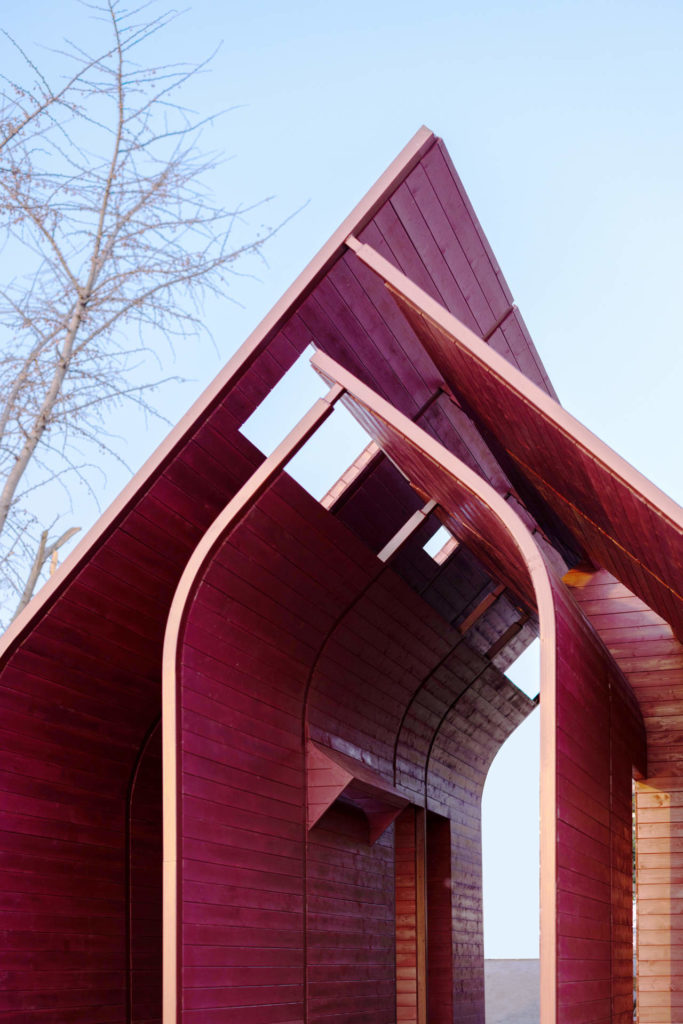
Previously, there was a long-standing lack of pleasant and functional public spaces in the surrounding villages. Wooden Pavilion #2 not only creates a dialogue with the traditional architectural forms of the village, but also serves the local residents who, in their leisure time, can communicate and enjoy the harmonious relationship between the architectural space and its surrounding nature. The theoretical nature of the social relationship between space and people is illustrated by the villagers' actual use of the building, which becomes an important public space node to stimulate the vitality of the surrounding community. In addition, Wooden Pavilion #2 has become a must-see destination for tourists, becoming a significant and important part of the rural economy.




















Credits:
Lead Architects: Lin Lifeng, Zongrui Chai
Teaching research support and Materials Support: RAC Studio
Construction guidance: Shanghai MuleKangle Wood Structure Co., LTD
Technical Consultants: Shao Yinghong, Hu Hongman, Xie Gong
Owner and venue: Aoya Design, Jiangxinzhou Wutao Village
Drawings: Hu Xinwen, Xi Zhihua, LihuanyangHu
Design participation and site construction: Hu Xinwen, Xi Zhihua, Li Huanyang, Wang Sijie, Jian Jilei, Xu Ruoxin, Ye Xingtong, Yan Zhanlin, Wei Qingyuan, Wang Tianxu, Wu Zile, Yu Tingting, Lin Tianyu
comments